Your Trusted Roofing Solutions in Karachi & Pakistan
Providing high-quality roofing products and expert services for homes and businesses across Pakistan. From leak-proof sealants to durable coatings, we deliver results that last.
Your Trusted Roofing Solutions in Karachi & Pakistan
Providing high-quality roofing products and expert services for homes and businesses across Pakistan. From leak-proof sealants to durable coatings, we deliver results that last.
Your Trusted Roofing Solutions in Karachi & Pakistan
Providing high-quality roofing products and expert services for homes and businesses across Pakistan. From leak-proof sealants to durable coatings, we deliver results that last.
Why Choose Brooks Shield?
- Advanced Waterproofing Technology
- Long-Lasting Durability
- Weather & Heat Resistant
- Complete Range for Roof, Walls, Tanks & Pipelines
- Trusted by Homeowners & Businesses Across Pakistan
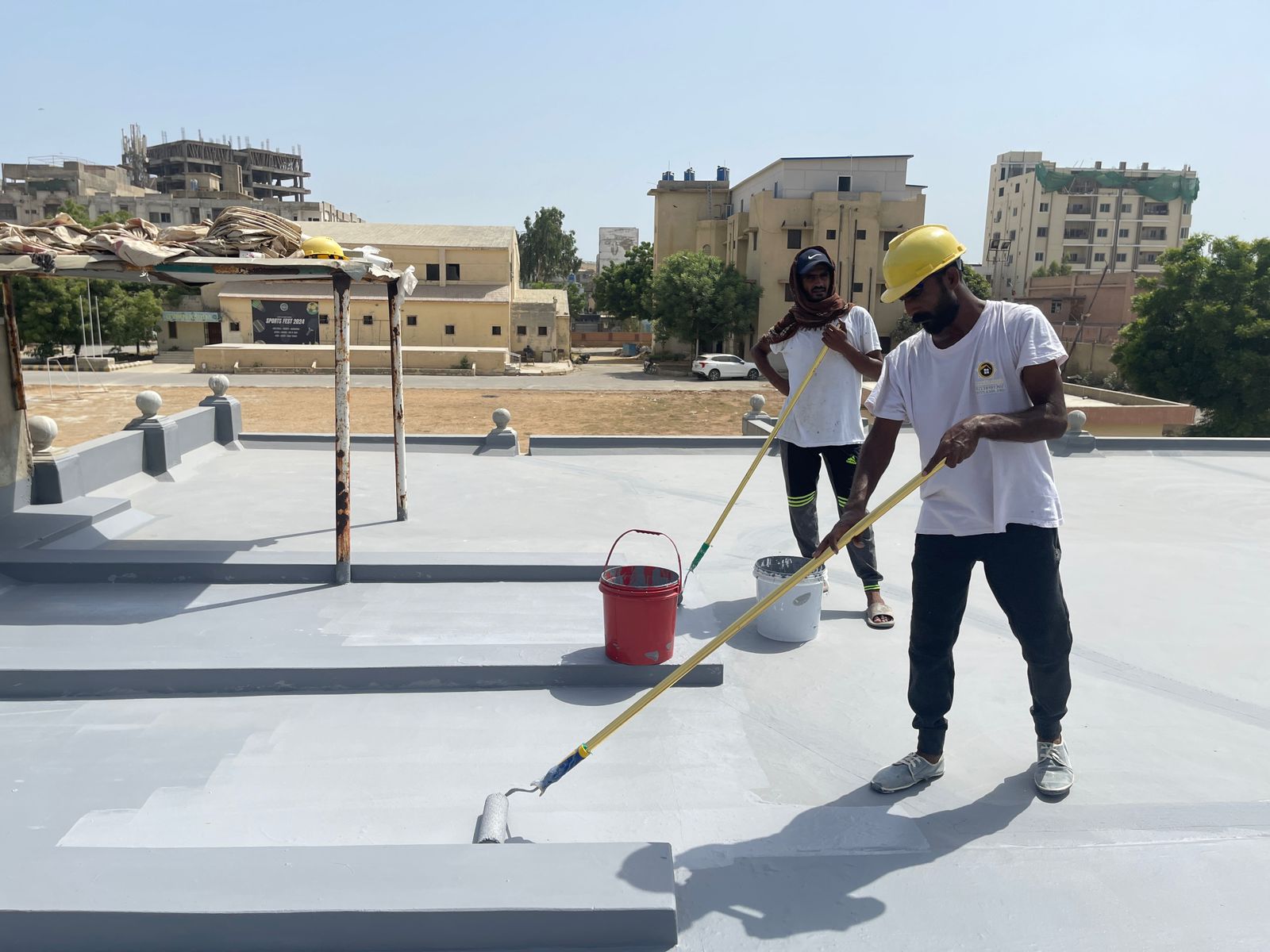
Our Best Roofing Products
Shield Prime is a high-quality, penetrating waterproofing primer designed to prepare surfaces for coatings, sealants, and waterproofing applications. It enhances adhesion, durability, and moisture resistance for roofs, terraces, walls, and industrial structures. Ideal for residential, commercial, and industrial projects across Pakistan, including Karachi’s extreme climate.
Key Features:
-
Enhanced Adhesion: Ensures superior bonding of waterproofing coatings.
-
Moisture Resistant: Protects surfaces from dampness and water seepage.
-
UV & Weather Resistant: Effective under harsh sunlight, rain, and humidity.
-
Eco-Friendly & Safe: Non-toxic formula suitable for indoor and outdoor surfaces.
-
Easy Application: Can be applied on concrete, masonry, and cement surfaces.
₨ 1,500 Original price was: ₨ 1,500.₨ 999Current price is: ₨ 999.
Shield Seal is a premium waterproofing sealant designed for roofs, terraces, walls, and construction joints. Its advanced formula fills cracks and expansion gaps, providing superior protection against water leaks, dampness, and structural movement, making it ideal for residential, commercial, and industrial projects across Pakistan, including Karachi’s extreme weather conditions.
Key Features:
-
Strong Waterproofing & Sealing: Prevents water infiltration in roofs, terraces, walls, and expansion joints.
-
Flexible & Crack-Resistant: Adapts to structural movements without losing adhesion.
-
UV & Weather Resistant: Remains durable under sun, rain, and humidity.
-
Eco-Friendly & Safe: Non-toxic formula, suitable for indoor and outdoor use.
-
Easy Application: Can be applied on concrete, masonry, joints, and other construction surfaces.
₨ 1,500 Original price was: ₨ 1,500.₨ 999Current price is: ₨ 999.
Shield Flex is a high-quality, flexible waterproofing solution designed for roofs, terraces, walls, and industrial surfaces. Its advanced, membrane-forming formula provides superior flexibility, crack resistance, and long-lasting protection, making it ideal for residential, commercial, and industrial projects across Pakistan, including Karachi’s extreme weather conditions.
Key Features:
-
Flexible & Crack-Resistant: Adapts to structural movements without cracking or peeling.
-
Durable Waterproofing: Creates a strong barrier against leaks, water seepage, and moisture infiltration.
-
UV & Weather Resistant: Maintains performance under harsh sun, rain, and humidity.
-
Eco-Friendly & Safe: Non-toxic formula, safe for indoor and outdoor applications.
-
Easy Application: Can be applied on concrete, masonry, rooftops, terraces, and walls.
₨ 1,500 Original price was: ₨ 1,500.₨ 999Current price is: ₨ 999.
Shield Max is a premium, heavy-duty waterproofing solution designed for roofs, terraces, walls, and industrial surfaces. Its advanced, thick formulation provides maximum protection against water seepage, dampness, and structural damage, making it ideal for residential, commercial, and industrial projects across Pakistan, including Karachi’s challenging weather conditions.
Key Features:
-
Ultimate Waterproofing: Forms a strong, durable barrier against water infiltration and leaks.
-
Flexible & Crack-Resistant: Adapts to surface movements without cracking, peeling, or damage.
-
UV & Weather Resistant: Maintains effectiveness under harsh sun, rain, and humidity.
-
Eco-Friendly & Safe: Non-toxic and safe for indoor and outdoor applications.
-
Easy Application: Suitable for concrete, masonry, rooftops, terraces, walls, and industrial surfaces.
₨ 1,500 Original price was: ₨ 1,500.₨ 999Current price is: ₨ 999.
Shield Bond is a high-quality waterproofing solution designed for roofs, terraces, walls, and structural surfaces. Its superior hybrid formulation not only prevents water seepage and leaks but also provides strong adhesion and flexibility, making it ideal for residential, commercial, and industrial projects across Pakistan, including Karachi’s extreme weather conditions.
Key Features:
-
Strong Waterproofing: Protects surfaces from water infiltration and dampness.
-
Excellent Adhesion: Bonds effectively with concrete, masonry, cement surfaces, tiles, and stones.
-
Flexible & Crack-Resistant: Adapts to surface movements without cracking.
-
UV & Weather Resistant: Maintains durability under harsh sun, rain, and humidity.
-
Eco-Friendly & Safe: Suitable for both indoor and outdoor applications.
-
Versatile Application: Ideal for bonding tiles, stones, and waterproofing plaster joints.
₨ 1,500 Original price was: ₨ 1,500.₨ 999Current price is: ₨ 999.
Shield Guard is a high-performance waterproofing solution designed to protect roofs, terraces, walls, and industrial structures from water damage. Its advanced, exterior-grade formulation provides durable, flexible, and long-lasting protection, making it ideal for residential, commercial, and industrial applications across Pakistan, including Karachi’s harsh weather conditions.
Key Features:
-
Reliable Waterproofing: Forms a strong barrier against water seepage and leaks.
-
Flexible & Crack-Resistant: Adapts to surface movement without damage.
-
UV & Weather Resistant: Protects surfaces from sun, rain, and humidity.
-
Eco-Friendly & Safe: Non-toxic, suitable for indoor and outdoor use.
-
Versatile Application: Ideal for concrete, masonry, rooftops, terraces, walls, and vertical surfaces.
-
Easy to Apply: Brush or roller application for smooth coverage.
₨ 1,500 Original price was: ₨ 1,500.₨ 999Current price is: ₨ 999.
Shield Proof is a high-strength waterproofing coating specially designed for residential, commercial, and industrial surfaces, including roofs, terraces, walls, and water tanks. It provides reliable protection against water infiltration, cracks, and dampness, making it perfect for all-weather projects across Pakistan, including Karachi’s challenging climate. This food-grade waterproofing solution ensures safe use in drinking water storage and pipelines.
Key Features:
-
Superior Waterproofing: Forms a durable barrier against water seepage.
-
Flexible & Crack-Resistant: Adapts to structural movement without cracking.
-
UV & Weather Resistant: Protects surfaces from sun, rain, and harsh environmental conditions.
-
Food-Grade & Safe: Non-toxic formulation, suitable for water tanks and pipelines.
-
Versatile Application: Can be applied on concrete, masonry, rooftops, water tanks, and pipelines.
-
Easy Application: Simple brush or roller application ensures thorough coverage.
₨ 1,500 Original price was: ₨ 1,500.₨ 999Current price is: ₨ 999.
Shield Ultra is a premium waterproofing solution engineered for roofs, terraces, walls, and industrial structures. Its high-strength, dual-action formulation not only provides superior protection against water seepage, cracks, and dampness, but also reflects heat, reducing internal temperatures. Ideal for residential, commercial, and industrial projects across Pakistan, including Karachi’s extreme weather conditions.
Key Features:
-
High-Performance Waterproofing: Creates a robust barrier against water penetration.
-
Flexible & Crack-Resistant: Adapts to surface movements without losing adhesion.
-
UV & Weather Resistant: Ensures durability under sun, rain, and humidity.
-
Heat-Reflective: Reduces internal temperatures while sealing surfaces.
-
Eco-Friendly Formula: Safe for both indoor and outdoor applications.
-
Versatile Application: Suitable for concrete, masonry, rooftops, metal sheets, and exterior walls.
₨ 100 – ₨ 400Price range: ₨ 100 through ₨ 400
Shield Coat is a high-performance, cost-effective waterproofing coating designed for roofs, terraces, and exterior walls. Suitable for both residential and commercial applications, it forms a durable, flexible barrier against water seepage, leaks, and dampness. Ideal for Karachi and all across Pakistan, Shield Coat ensures long-lasting protection even in extreme weather conditions.
Key Features:
-
Durable & Flexible: Adapts to surface movements without cracking.
-
Waterproof Protection: Prevents leaks and water damage in terraces, balconies, and rooftops.
-
UV & Weather Resistant: Protects surfaces from sun, rain, and harsh climates.
-
Eco-Friendly & Safe: Non-toxic formula suitable for homes and commercial buildings.
-
Easy Application: Can be applied on concrete, masonry, and other construction surfaces.
-
Cost-Effective: Reduces maintenance costs and enhances building longevity.
₨ 1,700 – ₨ 2,900Price range: ₨ 1,700 through ₨ 2,900
Our Most Popular Roofing Solutions
Shield Coat is a high-performance, cost-effective waterproofing coating designed for roofs, terraces, and exterior walls. Suitable for both residential and commercial applications, it forms a durable, flexible barrier against water seepage, leaks, and dampness. Ideal for Karachi and all across Pakistan, Shield Coat ensures long-lasting protection even in extreme weather conditions.
Key Features:
-
Durable & Flexible: Adapts to surface movements without cracking.
-
Waterproof Protection: Prevents leaks and water damage in terraces, balconies, and rooftops.
-
UV & Weather Resistant: Protects surfaces from sun, rain, and harsh climates.
-
Eco-Friendly & Safe: Non-toxic formula suitable for homes and commercial buildings.
-
Easy Application: Can be applied on concrete, masonry, and other construction surfaces.
-
Cost-Effective: Reduces maintenance costs and enhances building longevity.
₨ 1,700 – ₨ 2,900Price range: ₨ 1,700 through ₨ 2,900
Shield Ultra is a premium waterproofing solution engineered for roofs, terraces, walls, and industrial structures. Its high-strength, dual-action formulation not only provides superior protection against water seepage, cracks, and dampness, but also reflects heat, reducing internal temperatures. Ideal for residential, commercial, and industrial projects across Pakistan, including Karachi’s extreme weather conditions.
Key Features:
-
High-Performance Waterproofing: Creates a robust barrier against water penetration.
-
Flexible & Crack-Resistant: Adapts to surface movements without losing adhesion.
-
UV & Weather Resistant: Ensures durability under sun, rain, and humidity.
-
Heat-Reflective: Reduces internal temperatures while sealing surfaces.
-
Eco-Friendly Formula: Safe for both indoor and outdoor applications.
-
Versatile Application: Suitable for concrete, masonry, rooftops, metal sheets, and exterior walls.
₨ 100 – ₨ 400Price range: ₨ 100 through ₨ 400
Shield Proof is a high-strength waterproofing coating specially designed for residential, commercial, and industrial surfaces, including roofs, terraces, walls, and water tanks. It provides reliable protection against water infiltration, cracks, and dampness, making it perfect for all-weather projects across Pakistan, including Karachi’s challenging climate. This food-grade waterproofing solution ensures safe use in drinking water storage and pipelines.
Key Features:
-
Superior Waterproofing: Forms a durable barrier against water seepage.
-
Flexible & Crack-Resistant: Adapts to structural movement without cracking.
-
UV & Weather Resistant: Protects surfaces from sun, rain, and harsh environmental conditions.
-
Food-Grade & Safe: Non-toxic formulation, suitable for water tanks and pipelines.
-
Versatile Application: Can be applied on concrete, masonry, rooftops, water tanks, and pipelines.
-
Easy Application: Simple brush or roller application ensures thorough coverage.
₨ 1,500 Original price was: ₨ 1,500.₨ 999Current price is: ₨ 999.
Roof Waterproofing Services
Keep your roof safe from leaks and water damage with our expert waterproofing services. Our team ensures a long-lasting seal that stands the test of time.
Roof Repair and Maintenance
Need roof repairs? Our professional team offers reliable repair services to fix leaks, cracks, and any other roofing issues.
Quick Delivery
We offer Standard, Next Day, and Weekend delivery options across Pakistan to fit your timeline.
Technical Support
Talk to our waterproofing specialists for expert advice tailored to your roofing needs.
100% Secure
Your data and payments are protected with SSL encryption and secure gateways like bank.
PK Manufacturer
All our products are proudly manufactured in Pakistan, ensuring quality and local reliability.
Our Roofing Services
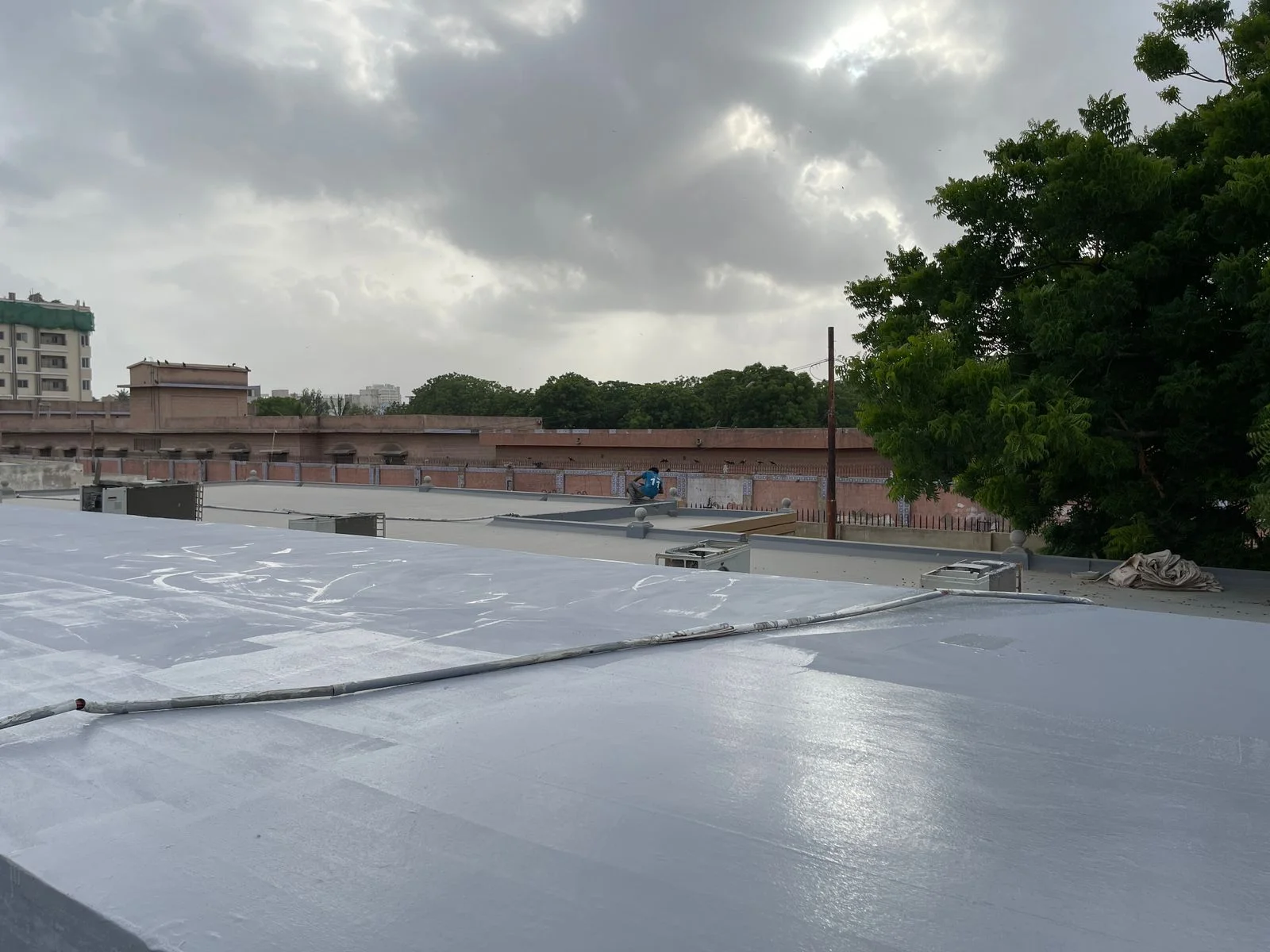
Roof Waterproofing
Protect your roof from water damage year-round. Our waterproofing systems stop seepage and increase roof life.
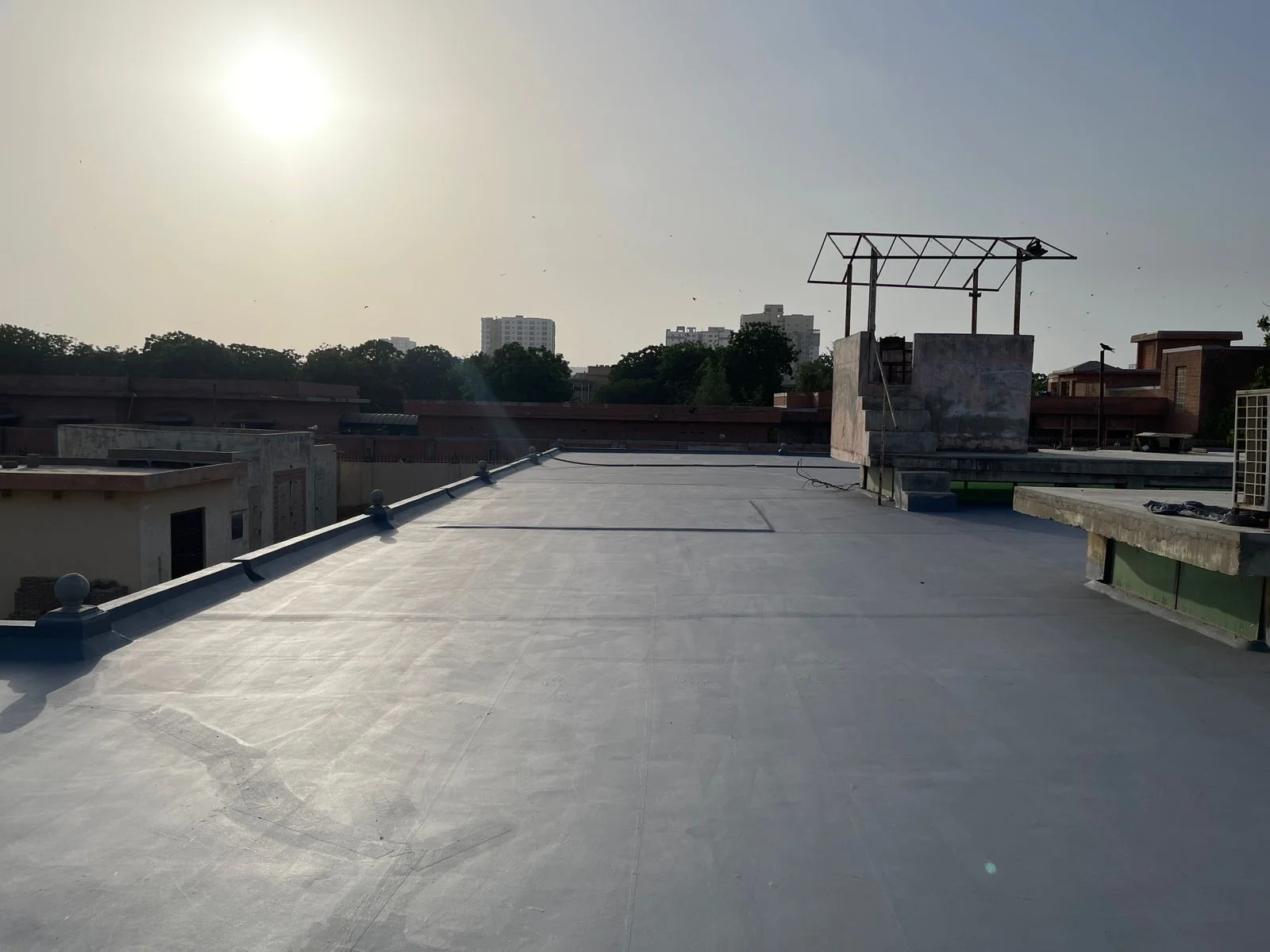
Roof Heat Proofing
Reduce heat absorption with thermal-resistant coatings. Ideal for hot climates, it keeps your building cooler naturally.
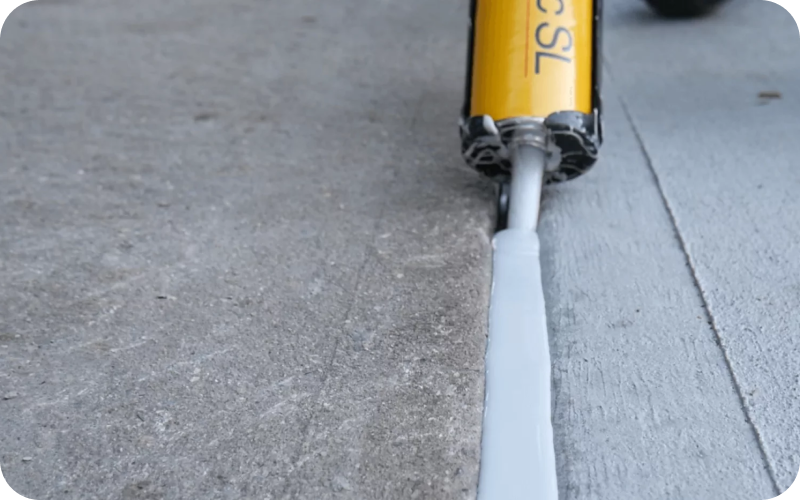
Expansion Joint Sealing
Seal structural joints to avoid leakage and cracks. Flexible sealants allow movement while keeping water out.
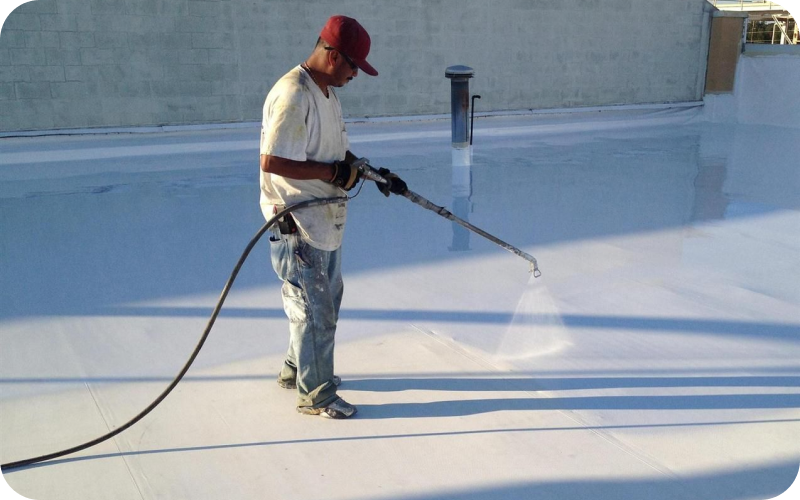
Roof Coating
Add a protective layer that extends your roof’s life. UV-resistant and weatherproof coatings for all roof types.
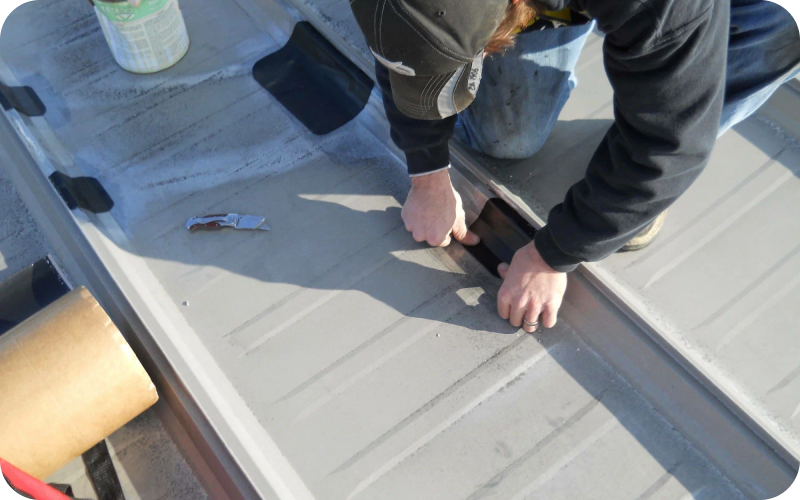
Roof Leakage Repair
Quick and reliable fixes for all types of roof leaks. We detect and repair hidden leakage points with precision.
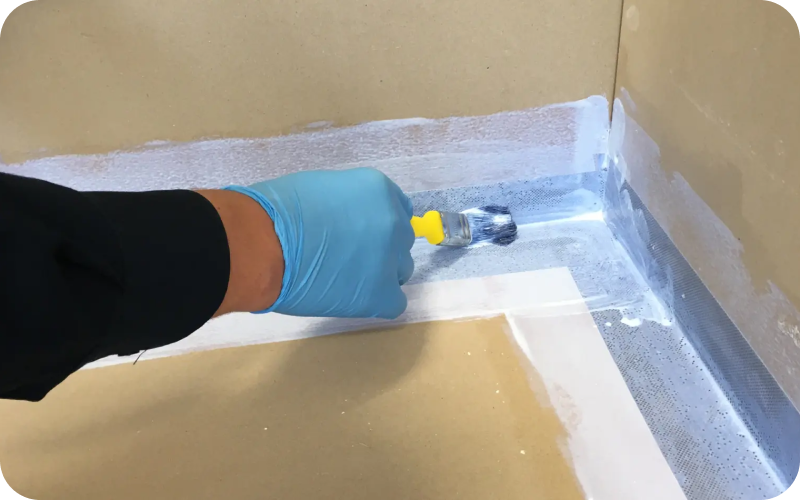
Bathroom Waterproofing
High-quality flexible coatings and sealants ensure long-lasting protection against leaks and moisture damage.
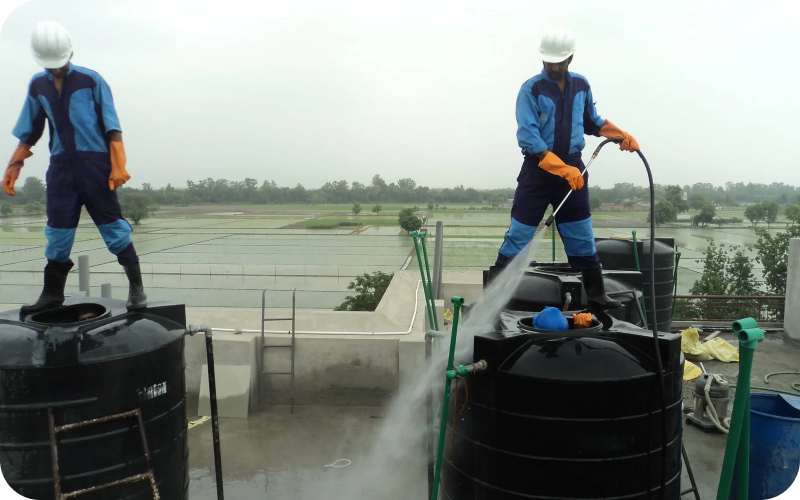
Water Tank Cleaning
Ensure clean and safe water storage with professional tank cleaning services. Remove dirt, and bacteria to maintain hygiene.
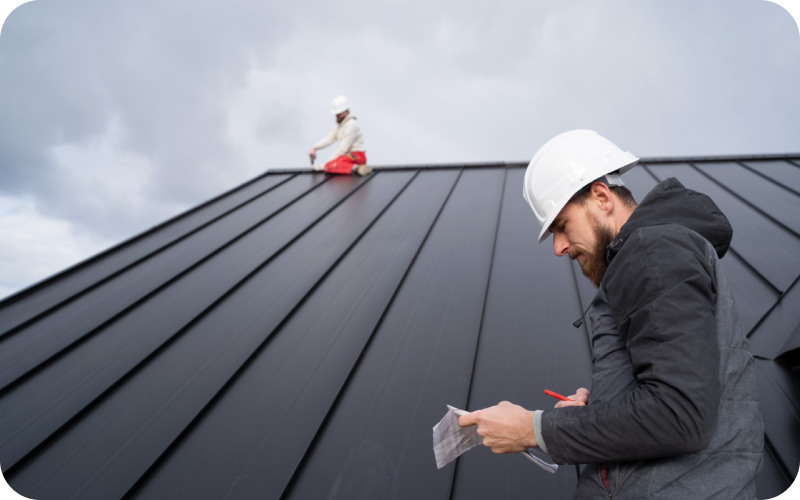
Roof Maintenance Services
Scheduled care to avoid costly roof repairs. Includes cleaning, inspections, sealing, and preventive action.
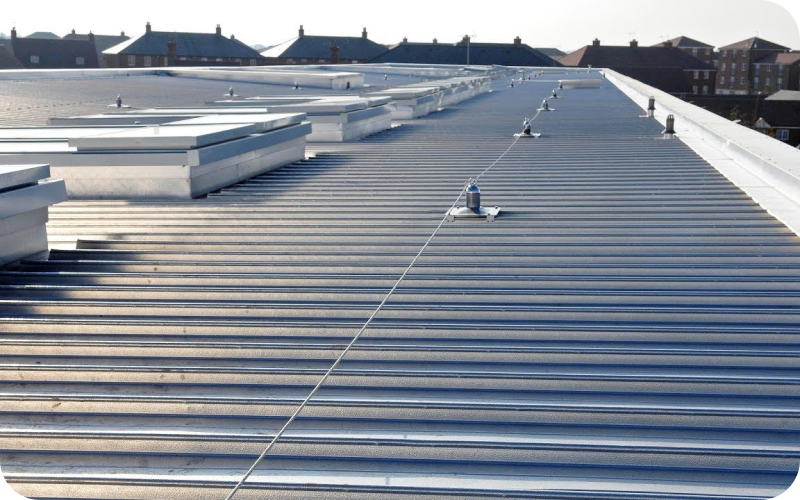
Commercial Roofing Solutions
Tailored roofing for warehouses, offices & more. We handle large-scale roofing needs with expert planning.
FAQ's
Got Questions? We’re Here to Help
Choosing the right roof treatment can be confusing, but we’ve made it easier. Below you’ll find answers to the most common questions about our products, services, application methods, and support. If you don’t find what you’re looking for, feel free to contact us.
What is the best roofing product for waterproofing?
How long does roof sealant last?
Can I use your products for both residential and commercial roofs?
How do I apply your products?
Our Trusted Clients







